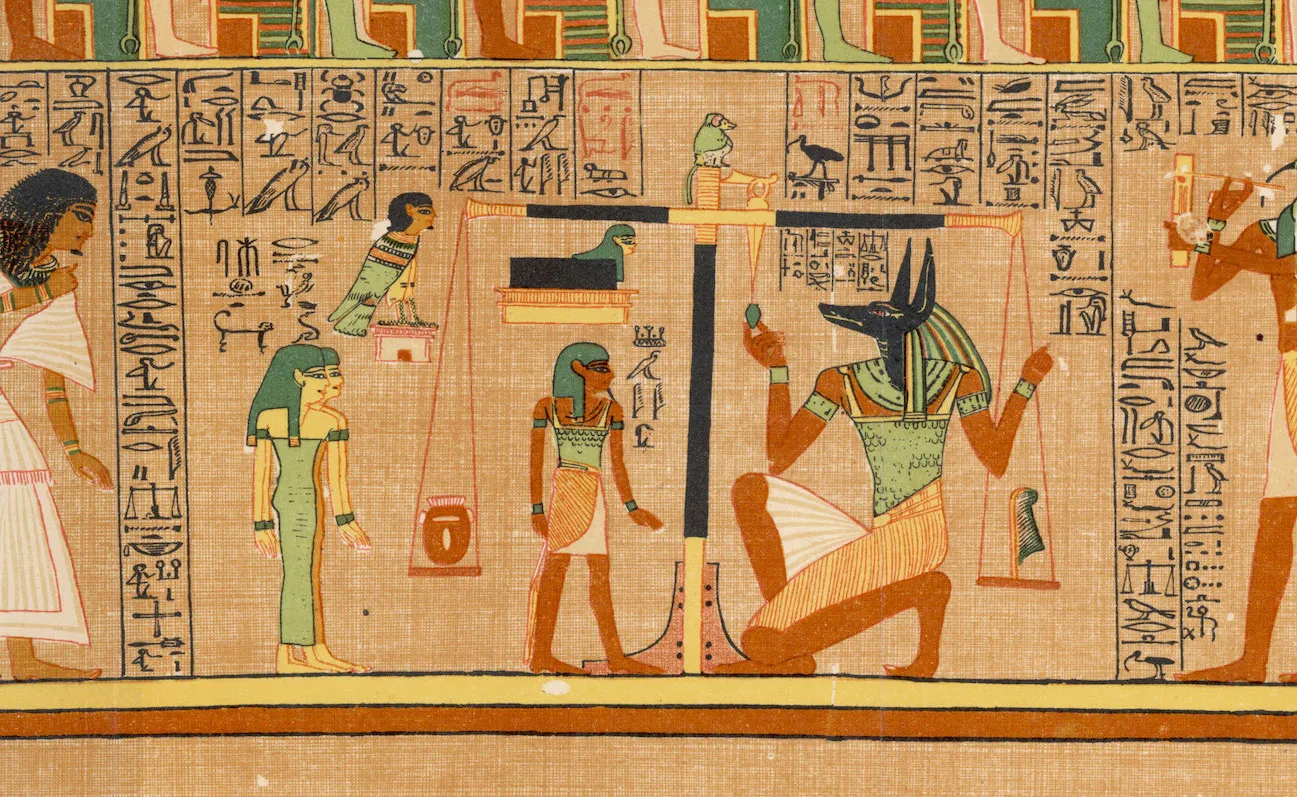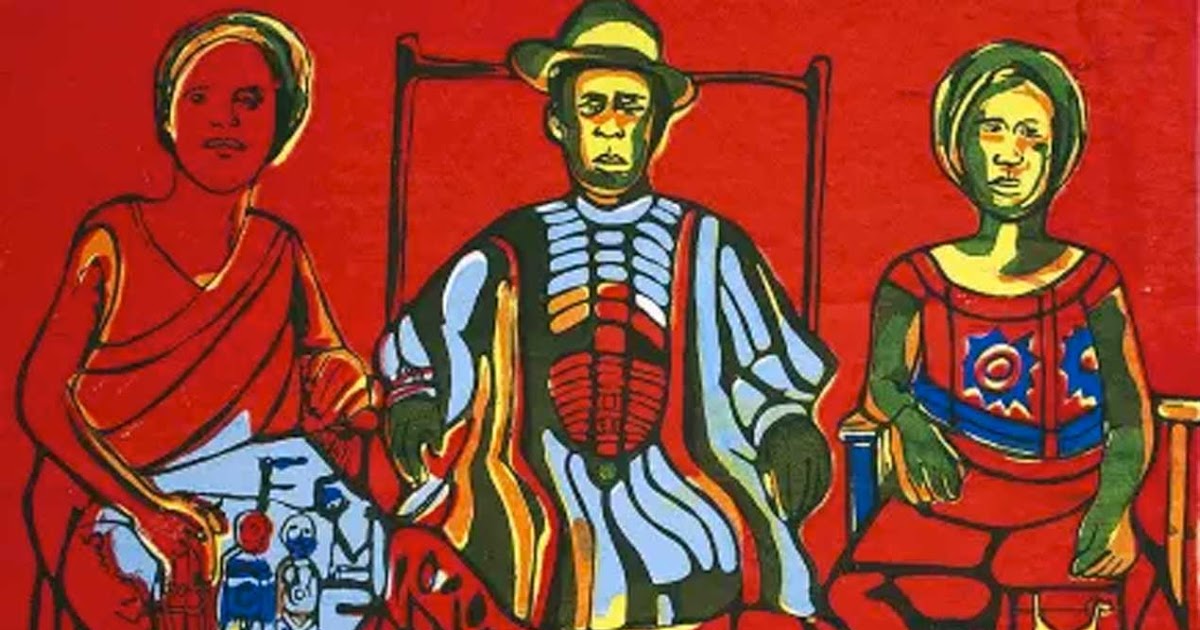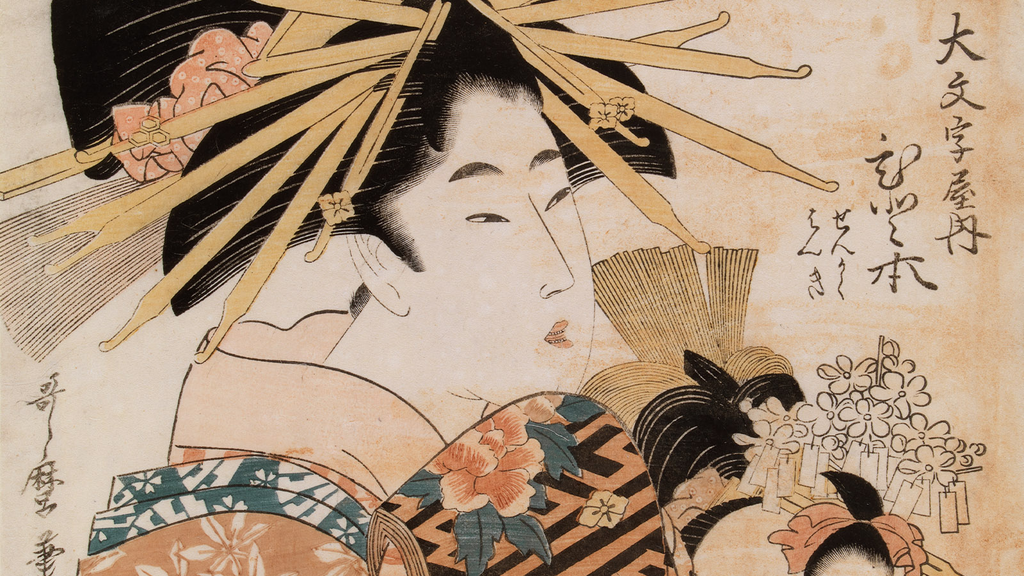sovet-gagarin.org – Ancient Egyptian art and culture, one of the oldest and most influential civilizations in human history, is renowned for its deep symbolism, distinctive style, and extraordinary craftsmanship. Spanning over 3,000 years, from the Early Dynastic Period (c. 3100 BCE) to the conquest of Alexander the Great in 332 BCE, Egypt’s art and culture have left an indelible mark on the world. From its monumental architecture to its intricate artifacts, Ancient Egyptian art provides a window into the religious, social, and political life of the civilization.
The Role of Art in Ancient Egyptian Society
In ancient Egypt, art was not merely a form of decoration; it was an integral part of religious, funerary, and governmental life. Art was created with purpose, adhering to strict conventions and rules that reflected the society’s values and beliefs. Central to Egyptian art was the idea of ma’at, which represented cosmic order, truth, and harmony. Art was seen as a way to maintain ma’at, ensuring that the balance of the universe was preserved.
Egyptian art was deeply entwined with religion. The gods and the afterlife were key themes, and much of the art produced during this period was intended for tombs, temples, and monuments dedicated to deities or pharaohs. These artworks were meant to ensure the eternal life of the deceased or honor the gods, who were believed to provide divine protection and prosperity.
The Characteristics of Egyptian Art
One of the most striking features of Ancient Egyptian art is its distinct style, which remained remarkably consistent over thousands of years. Despite changes in dynasties and rulers, the fundamental characteristics of Egyptian art remained unchanged. Key features of this style include:
-
Symbolism and Hieratic Scale: Egyptian art was highly symbolic, with colors and proportions carrying deep meanings. For example, the color green symbolized fertility and rebirth, while red represented chaos or disorder. Hieratic scale was also used to depict importance—figures of higher status, such as pharaohs or gods, were shown larger than others in a composition, signifying their superior status.
-
Profile View: Figures in Egyptian art were often depicted in a composite view, with heads and legs shown in profile, but torsos viewed from the front. This method allowed artists to portray the human form in a way that combined the most recognizable features of each body part, making it both symbolic and functional.
-
Conventions of Space: In Egyptian paintings, the figures were often arranged in registers, with a clear division between different layers of action. This helped to depict the hierarchical nature of society, where the most important figures were placed at the top or in larger scale, and commoners or animals were shown below in smaller sizes.
-
Stability and Permanence: Egyptian art was focused on creating stable, timeless works that would last for eternity. Artists followed strict guidelines and avoided any form of emotional expression or movement, ensuring that the art would be enduring and timeless.
Types of Art in Ancient Egypt
-
Monumental Architecture: One of the most iconic aspects of Egyptian art is its monumental architecture, with the pyramids of Giza being the most famous examples. These massive structures were built as tombs for pharaohs and were designed to aid in their journey to the afterlife. The temples of Karnak and Luxor, with their grand columns and towering obelisks, also exemplify the grandeur and religious significance of Egyptian art.
-
Sculpture: Egyptian sculpture ranged from small figurines to colossal statues. Statues of Pharaohs and gods were common, often placed in temples or tombs. These statues were intended to serve as representations of the divine, offering protection and ensuring a continuous link to the spiritual world. The famous Great Sphinx of Giza, a colossal limestone statue with the body of a lion and the head of a pharaoh, is one of the most enduring symbols of Egypt’s power and artistic achievement.
-
Painting: Egyptian paintings were often found on the walls of tombs and temples, depicting scenes of daily life, the afterlife, and religious ceremonies. These paintings were usually executed in fresco or tempera and often followed specific themes. For instance, tomb paintings often depicted the deceased with their family, agricultural scenes, and offerings to the gods, intended to ensure a successful journey to the afterlife.
-
Jewelry and Decorative Arts: Ancient Egyptians were skilled in creating intricate jewelry, using materials like gold, lapis lazuli, and turquoise. Jewelry was not only a symbol of wealth and status but was also believed to offer protection to the wearer. The tomb of Tutankhamun, discovered by archaeologist Howard Carter in 1922, contained some of the most exquisite examples of Egyptian jewelry, including his famous death mask.
The Importance of the Afterlife
A central theme in Egyptian culture and art was the belief in the afterlife. Egyptians believed that life on Earth was only a temporary phase, and the soul’s journey to the afterlife was of paramount importance. Much of the art produced during the civilization’s history was designed to ensure a safe passage for the deceased and to guarantee immortality.
The tomb was the focal point for such beliefs. It was filled with offerings, inscriptions, and artworks designed to accompany the deceased in the afterlife. Tomb paintings and reliefs depicted the deceased in a state of bliss, enjoying a perfect, eternal life in the afterlife. The Book of the Dead, a funerary text that guided the dead through the afterlife, was often included in tombs alongside these artistic depictions.
Legacy and Influence
The influence of Ancient Egyptian art on later civilizations is undeniable. Egyptian motifs and symbols have been used throughout history, from the Renaissance period to modern times. The powerful imagery of pharaohs and gods has inspired countless artists, architects, and thinkers around the world. The legacy of Egyptian art can still be seen in modern architecture, sculpture, and design.
In addition to its influence on Western art, Egyptian culture also left a profound mark on neighboring civilizations, including the Greeks and Romans. Their exposure to Egyptian art and architecture contributed to the development of their own artistic traditions.
Conclusion
Ancient Egyptian art and culture, with its rich symbolism, stunning craftsmanship, and deep religious significance, continues to captivate the world today. Its enduring legacy has shaped not only our understanding of this ancient civilization but also how art and culture are intertwined with the beliefs, values, and practices of a society. The achievements of the ancient Egyptians remain timeless, offering us a glimpse into a world of power, divinity, and eternity.





